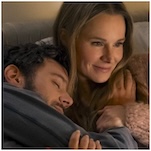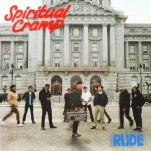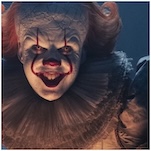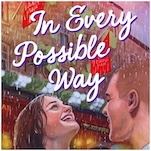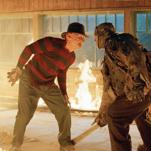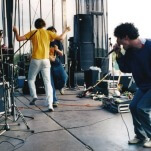SXSW Update – Day 3
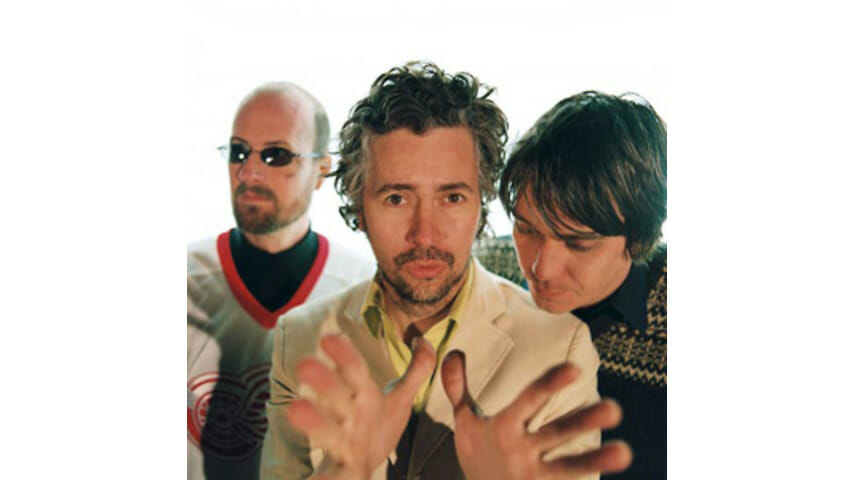
It took me a little longer to get going yesterday (as I kindly spent my morning writing an extra-long wrap-up for all of you). But when art director José Reyes and I made it to the panel featuring Wayne Coyne of The Flaming Lips (pictured right, with band), it made up for anything I’d missed during the day. Of all the things I’ve seen at the festival, the hour Wayne spent conversing with the 100 or so of us in that conference room was the most rewarding.
Wayne Coyne has this presence about him, and I don’t mean star power. I am now convinced he’s the Buddha of rock music. You hear people talk about an artist being down-to-earth. This panel changed my personal standard for what that means. It wasn’t Wayne Coyne, rock guru, handing down pearls of wisdom from on high. He spoke from the heart, like a conversation with one of your older brother’s good friends, who you’ve known for years. Now, he’s still crazy Wayne, the man who pours fake blood all over his clean, white suit every night at shows. And no, Wayne says, he doesn’t do it for some kind of catharsis. He just thinks the image is exciting. At least it’ll get your attention if the furry animal suits don’t work. Wayne got the idea from a picture he saw of Miles Davis after the jazz legend had been hit over the head by a police officer. There was this splatter of blood on his suit and when Wayne saw the image it just stuck in his head.
Wayne and the Flaming Lips’ art isn’t always about some larger statement. It’s about the members of the group being themselves (which often means following their whimsical ideas) it’s about being happy, and—in their own way—trying to make their audience happy. I don’t understand these people, says Wayne, who play in a band with people they hate for so many years, just because they want to be successful. What kind of life is that? And, in response to an audience members’ question, Wayne launches into a lengthy speech about the dangers of drugs and the terrible addictions he’s seen people go through in his life. Drugs don’t make you creative, he says, later adding, If I’m going to ask my family to allow me to do the things I do, and to follow all of these ideas I have, I can’t be on drugs all the time.
-

-

-

-

-

-

-

-

-

-

-

-

-

-

-

-

-

-

-

-

-

-

-

-

-

-

-

-

-

-

-

-

-

-

-

-

-

-

-

-

